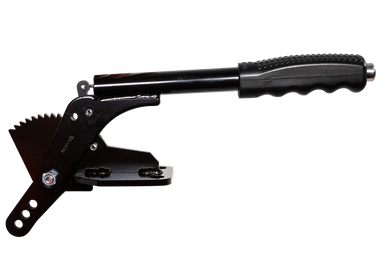


Then if he went beyond his normal amount of multitasking to something crazier, both hit the swap, but the 16 GB model did much worse:

However, despite the fact that both M1 Pro machines felt fast, the 16 GB machine was hitting the swap a lot, and the 32 GB machine was not. What he did notice is that even under heavy multitasking both felt very responsive, and noticeably quicker than a similarly configured 2019 Intel Mac with 16 GB RAM. Max did some Lightroom / Photoshop tests on two M1 Pros, one with 16 GB RAM and one 32 GB RAM, both configured identically and running the exact same software. So, as expected, the claim that macOS on M1 series chips need less RAM than macOS on Intel is false. Just one SKU (excluding the X variants), which is the same across all iDevices (aside from maybe slight clock speed differences occasionally). Basically, Apple is taking the same approach which these chips as they do the iPhones and iPads. It should be noted that the M1 chip in these three Macs is the same (aside from GPU core number). $1299 ($1199 edu) 13" MacBook Pro (with fan) - 20 hour video playback battery life $999 ($899 edu) 13" MacBook Air (fanless) - 18 hour video playback battery life (Apple claims the 4 high-effiency cores alone perform like a dual-core Intel MacBook Air)Ĩ-core iGPU (but there is a 7-core variant, likely with one inactive core)


 0 kommentar(er)
0 kommentar(er)
